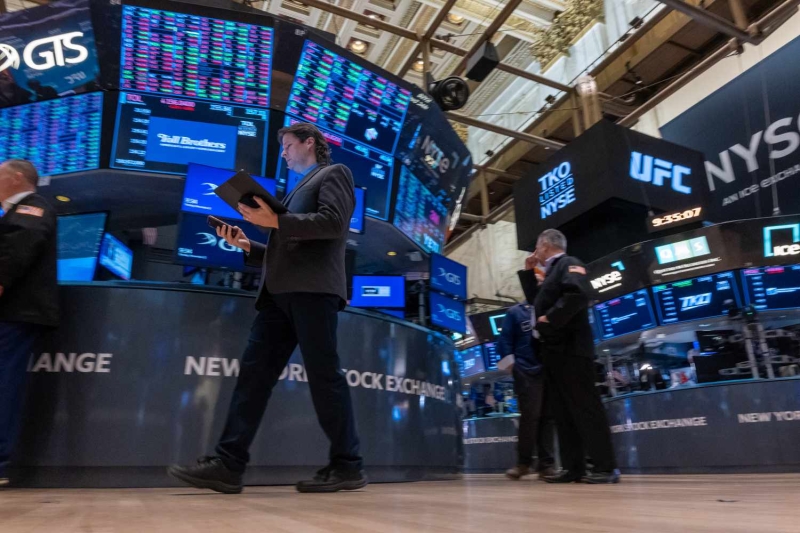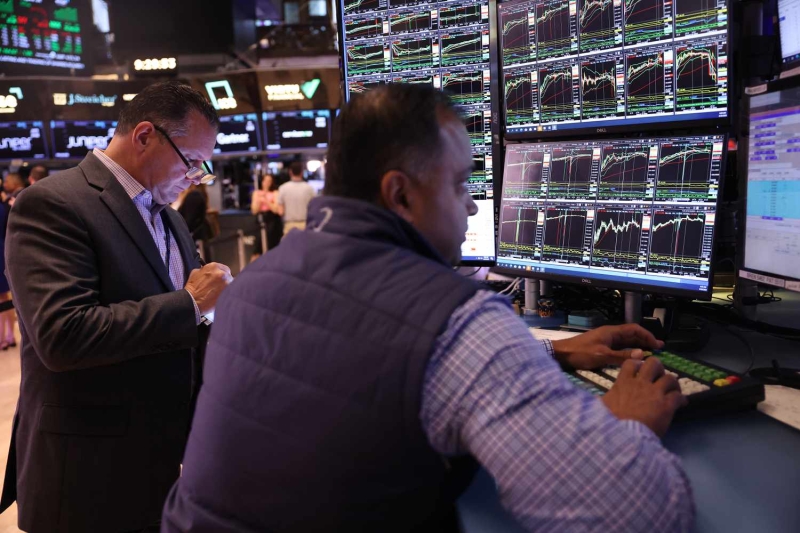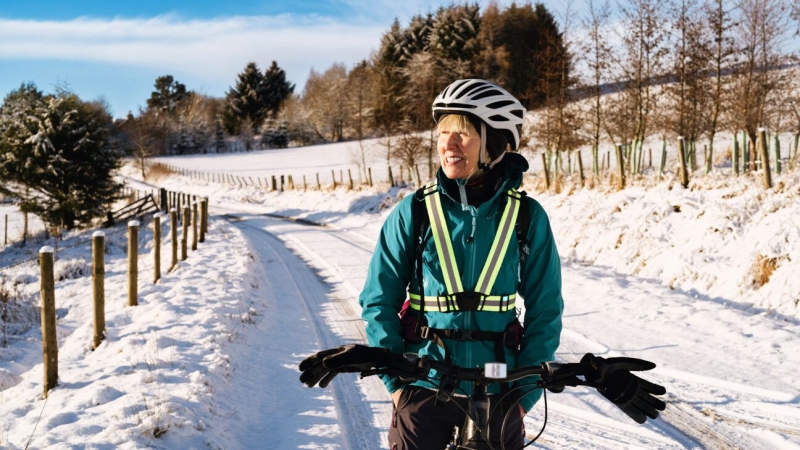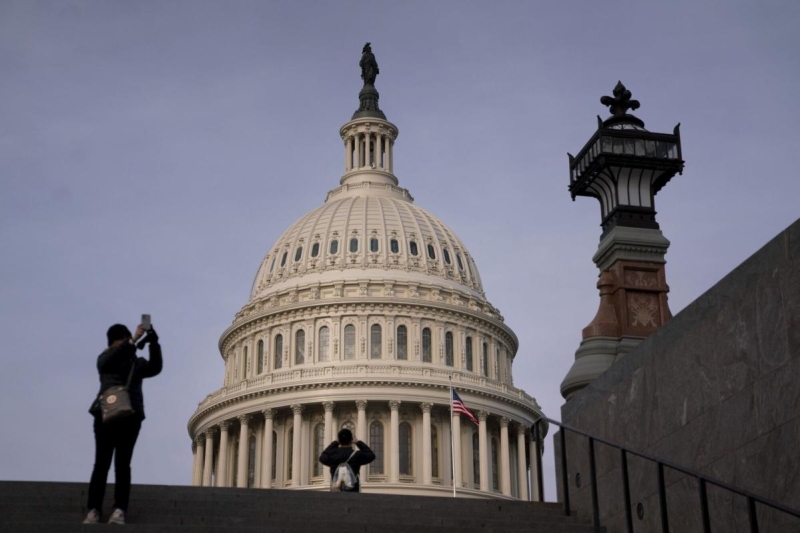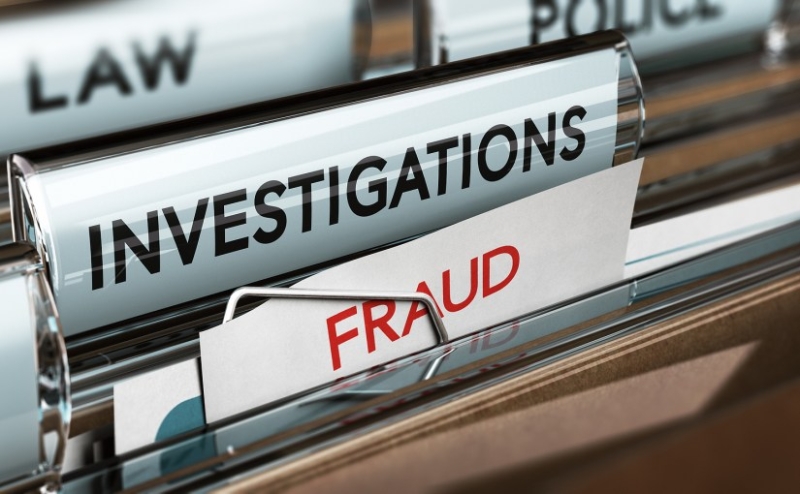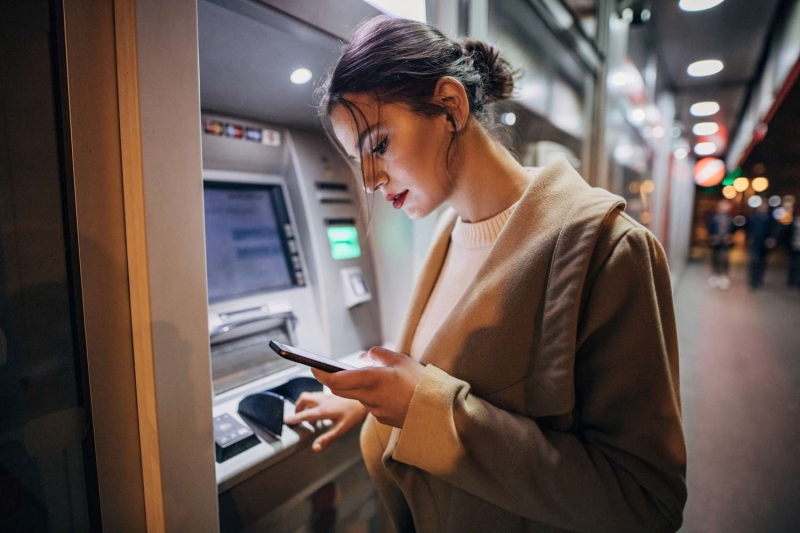
Using an ATM safely and securely requires a little advance planning, situational awareness, and the ability to respond rapidly if your accounts are compromised. Here are tips for staying safe when you use an ATM.
Key Takeaways
- ATMs offer a simple way to access your money, but they can also be a target for criminals.
- Learning basic safety and security practices can help protect you when using your bank’s or another provider’s ATM.
- In addition to direct criminal attacks, ATMs can also be used to scam bank customers out of their money or personal information.
- If you suspect ATM fraud, report it to your bank to limit losses for unauthorized charges.
How to Use ATMs Safely
Staying safe at the ATM starts with exercising common sense. With that in mind, here are some of the most important safety tips when using ATMs.
Prepare for Your Visit
When visiting an ATM, consider how to increase efficiency. You should aim to get in and out as quickly as possible. If you need to make a cash deposit, prepare your deposit envelope at home, if possible—such as sealing it in advance. Don’t count cash and prepare the envelope while standing near the machine.
Try to use ATMs during daytime hours. If you visit an ATM at night, you might ask a roommate or family member to come along.
Find a Well-Located ATM
ATM safety requires some degree of location awareness. For instance, an ATM in a well-lit, well-populated area may be more secure than an ATM tucked away on a remote, poorly-lit street. Be aware of possible blind spots, such as corners or alcoves, that could shield a criminal from your view.
If you use a drive-through ATM, keep your doors locked and your car running. Keep the windows up other than the window used for machine access. Don’t exit the vehicle for any reason, even if the ATM eats your card and refuses to return it.
An ATM in an enclosed vestibule requiring a bank card for entry could be safer than an ATM anyone can walk or drive up to. Ensure the door closes behind you, and don’t open it for anyone.
Use Your Bank's ATM
Free-standing ATMs, such as those in grocery stores or malls, may be easier for criminals to tamper with than an ATM at your bank. For example, criminals may be able to attach skimming devices that can steal your personal identification number (PIN) or account number.
Visiting your bank to use the ATM could reduce some of the risks if the machine is not easily accessible to those who aren’t customers or is monitored by bank security cameras.
If you’re using an ATM that doesn’t belong to your bank, give it a quick once-over to look for anything that seems out of place. If the keypad seems loose or wobbly, a key sticks, or the on-screen instructions aren’t what you’re used to seeing, a scammer may have tampered with the machine.
Skimming devices on ATMs may be more common in tourist areas, according to the FBI.
Keep Your Distance
When using the ATM in public, keep some distance between yourself and others. Don’t allow anyone to stand close behind you, as they may be able to see your PIN as you enter it. Avoid writing your PIN on the back of your card, as this could make you an easy target for theft if you lose it.
Be aware of those around you. For example, take note of anyone hanging around the machine or walking past it repeatedly. Be mindful of anyone sitting in a parked car or vehicles that appear to follow you after leaving the ATM, and don't sit in your vehicle counting cash after withdrawing funds.
Keep Your Receipts
Get receipts for any ATM transactions you conduct and check them against your bank statements later. This can help you spot inaccuracies or potential fraud if you use your debit or ATM card at a machine you don’t usually use. It may also help you get reimbursement for fees charged for using an ATM that isn’t in your bank’s network. Never leave a receipt behind.
Trust Your Instincts
If something seems off about an ATM, a transaction, or someone nearby, trust your gut. Cancel the transaction and promptly exit. If you suspect you’re being followed, get to a safe public location, such as a busy store or hotel lobby, and then call 911 if the person following you is still there. If you’re in a car, drive to the nearest police station.
If someone attempts to rob you at an ATM, it’s important to comply to avoid physical harm, then call the police as soon as the robber leaves.
What To Do if Your ATM or Debit Card Is Stolen
A stolen ATM or debit card is a financial liability because the thief may be able to use it to access your accounts. If your card is lost or stolen, report it to the bank immediately. This can help to limit your liability for losses. The U.S. Federal Trade Commission (FTC) outlines the guidelines for losses as follows:
| Lost or Stolen ATM and Debit Card Liability Limits | |
|---|---|
| If You Report | Your Maximum Loss |
| Before unauthorized charges are made | $0 |
| Within two business days of learning about the loss or theft | $50 |
| More than two business days after you learn about the loss or theft but less than 60 calendar days after your statement is sent to you | $500 |
| More than 60 calendar days after your statement is sent to you | All your ATM/debit card's account funds and potentially money in accounts linked to your debit account |
The longer you wait to report a lost or stolen ATM or debit card, the more responsibility you bear for unauthorized withdrawals or purchases. Credit cards can offer greater liability protection, so you may consider opting for credit instead of debit for making purchases—but using a credit card to withdraw money at an ATM can incur hefty cash advance charges, and is best avoided outside of emergencies.
If a criminal assault at an ATM results in a stolen ATM or debit card, you must file a police report. Some ATM robberies may even be federal crimes. Providing as much detail as possible about the person who took your card is important for helping law enforcement identify the suspect.
ATMs as Targets
In 2022, there were 138 crimes at ATMs out of 1,612 robberies, burglaries, and larcenies reported at financial institutions nationwide, according to Federal Bureau of Investigation (FBI) statistics. This is a small percentage of the 3.7 billion ATM withdrawals reported by the U.S. Federal Reserve in 2021.
There is an increased prevalence of "smash and grab" ATM crimes, which involve stealing cash using vehicles to rip ATMs apart or tear machines from platforms.
However, the statistics may indicate a growing problem. The FBI's most recent ATM crime stats are much higher than the FBI's 2011 statistic, of just 51 ATM crimes.
According to older research, most ATM robberies:
- Are committed by a weapon-wielding lone offender against a victim who is also alone,
- Happen at night, specifically between midnight and 4 a.m.
- Involve robbing people after making a cash withdrawal.
- Are slightly less likely to happen at drive-through ATMs versus walk-up ATMs.
Scammers may also attach an overlay device on an ATM for skimming, or even attach a Bluetooth wireless device onto the internal computer's motherboard.
Frequently Asked Questions (FAQs)
How Can Using an ATM Be Unsafe?
A criminal can tamper with an ATM to acquire your PIN or account number using devices like skimmers and shimmers. That’s why using an ATM inside a bank is better than using a free-standing ATM at a mall or store. ATMs in dimly lit, less-traveled places may put you at risk of being physically robbed of your cash, especially if you choose to count cash at the machine. Instead, wait until you are in a safe place: your locked car far away from the machine or at home, for example.
If My ATM or Debit Card Is Stolen, What Am I Liable for?
If you report a stolen ATM or debit card before any charges are made, you are not liable for anything at all, even if a charge goes through after your report. If you report it within two business days of the theft, you are liable for up to $50. If you report it after more than two business days but fewer than 60 calendar days after your statement is sent, you are liable for up to $500. After that, you are liable for the entire amount stolen, including money taken from other accounts linked to the card.
How Do I Know if My ATM Is Safe to Withdraw Cash?
Look at the ATM to see if you note anything unusual, such as damage or loose fixtures. Look for crooked or scratched features. Pull at the keypad's edges for looseness before entering your PIN. This could help you determine whether scammers have attached a device or overlay on the ATM. However, it's also wise to keep an eye on your account statements for any unauthorized withdrawals.
The Bottom Line
Finally, another strategy to stay safe is to find other ways of managing banking transactions. For example, you could use a drive-up teller window or your bank’s mobile check deposit option to deposit checks. If you need to pay back a friend, you could send it using a person-to-person payment service.
Thinking along these lines can help you reduce the odds of being targeted at an ATM, as you won’t have to visit them as often. If you’re shopping around for a new checking account, keep those features in mind.
Article Sources Investopedia requires writers to use primary sources to support their work. These include white papers, government data, original reporting, and interviews with industry experts. We also reference original research from other reputable publishers where appropriate. You can learn more about the standards we follow in producing accurate, unbiased content in our editorial policy.
-
University of Central Arkansas Police Department. "ATM Safety and Security Recommendations."
-
FBI. "Skimming."
-
City of Oakland. "Public Safety Advisory: ATM Robberies."
-
U.S. Federal Trade Commission. "Lost or Stolen Credit, ATM, and Debit Cards."
-
FBI.gov. "Bank Crime Statistics 2022."
-
U.S. Federal Reserve. "Federal Reserve Payments Study (FRPS)."
-
Department of Savings and Mortgage Lending. "ATM Crime Task Force Report."
-
FBI. "Bank Crime Statistics 2011."
-
Arizona State University Center for Problem-Oriented Policing. "Robbery at Automated Teller Machines."
-
Justice.gov. "Foreign National Sentenced to 36 Months and Ordered to Pay Over $199,000 in Restitution for Gas Skimming Scheme in Utah and Idaho."
Open a New Bank Account Advertiser Disclosure × The offers that appear in this table are from partnerships from which Investopedia receives compensation. This compensation may impact how and where listings appear. Investopedia does not include all offers available in the marketplace. Open a New Bank Account Advertiser Disclosure × The offers that appear in this table are from partnerships from which Investopedia receives compensation. This compensation may impact how and where listings appear. Investopedia does not include all offers available in the marketplace.
